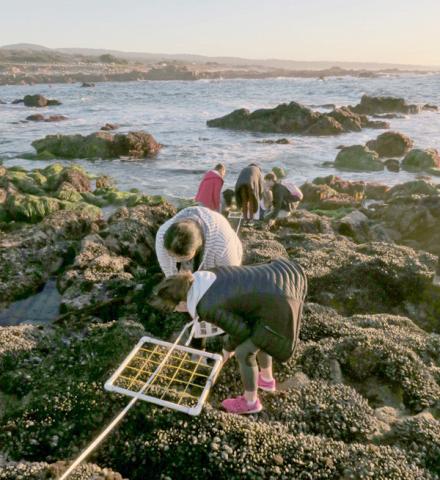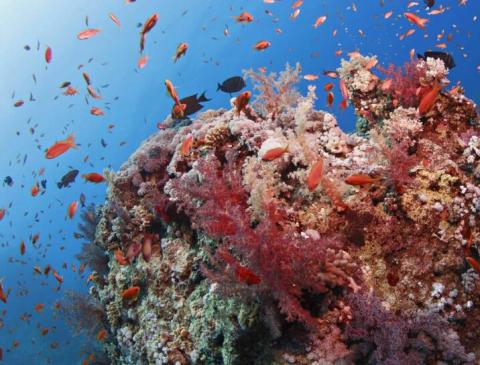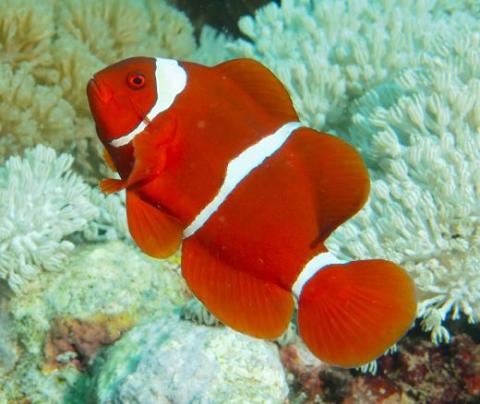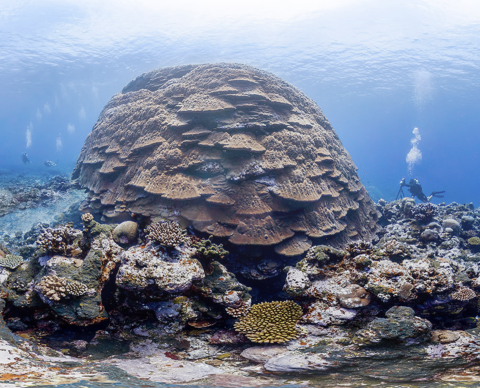We call it a climate crisis now; earlier in our understanding we called what the earth is experiencing “global warming.” It could also be called “ocean warming” since the oceans have absorbed more than 90% of that warming, as this graph shows.
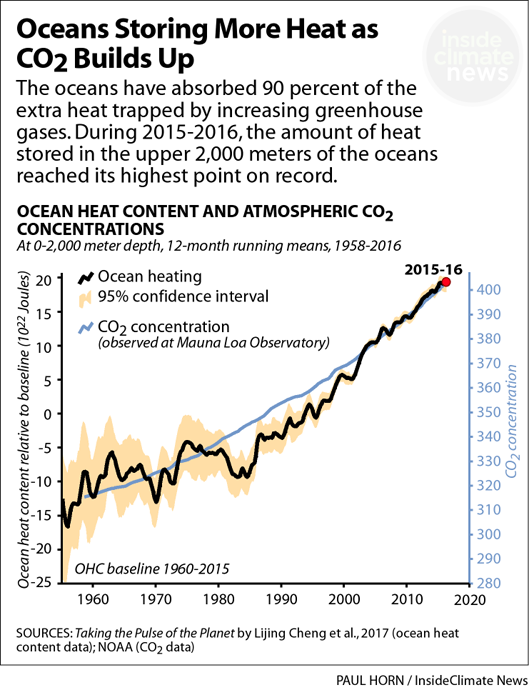
As you can see from the graph, ocean heating has risen as carbon dioxide in the atmosphere has increased.
The global ocean has warmed since 1970 and the rate of ocean warming has more than doubled since 1993. “To date, the ocean has taken up more than 90% of the excess heat in the climate system. By 2100, the ocean will take up 2 to 4 times more heat if global warming is limited to 2°C and up to 5 to 7 times at higher emissions.”
Scientists have been tracking ocean warming around the globe. Where, how much, how quickly has the ocean warmed, and how much heat will it absorb in the future, “are questions that send satellites orbiting around the globe and take oceanographers to the far reaches of the sea. Measuring the magnitude and rate of ocean heat uptake is a very complex and challenging task that requires enormous observational and modeling effort.”
Warming the Earth’s Climate System
Understanding that the ocean is absorbing so much heat is important because the ocean plays a central role in stabilizing Earth’s climate system. The that the ocean stores will continue to warm the planet long after it has been absorbed because not only does the ocean store heat, it releases heat and will continue to release heat. A warmer ocean means more energy for storms as we’ve seen in more intense hurricanes and cyclones.
Marine Heat Waves
Human-caused global warming has made marine heat waves at least twenty times more likely than in the past. This overheated ocean has become the new normal: the number of marine heat days has increased worldwide by over 50% from 1925-2016. A study published by scientists at the Monterey Bay Aquarium in February 2022 showed that the majority of the ocean’s surface has experienced extreme heat since 2014, and that these warm temperatures have been occurring with greater frequency. "Now, more than half the ocean is regularly experiencing what would have been considered a once-a-half-century extreme warming event. This is not a future possibility. We are experiencing it now, and it is speeding up.”
These marine heat waves are becoming more severe, bleaching coral reefs, harming kelp forests and changing the overall distribution of marine life. Although we don’t always know what triggers a specific heat wave, weakened wind patterns likely spurred the wave of extreme ocean heat that swept the North Pacific in 2019, known as “the bob”. Read more about marine heat waves here.
Deep Sea
Scientists have gathered a lot of data about the warming of the upper few meters of the ocean, but what about the deep ocean? Observations show that the ocean is warming from the surface down to the deepest parts of the ocean. A study in October 2020
revealed that the deep ocean is affected with “a warming trend detectable at the bottom of the ocean. And that temperatures in the deep sea fluctuate more than scientists previously thought. “More research is needed and is, in fact, taking place.
Changes at the poles
The distribution of excess heat in the ocean is not uniform: the ocean is heating up faster at the poles. In the Arctic, “long stretches of record-breaking ocean heat and loss of sea ice have fundamentally changed this ecosystem from bottom to top and top to bottom”, causing a brutal “regime shift.” Regime shift means that many species may disappear, but others will replace them. Since 2019, hundreds of gray whales have died along North America’s Pacific coastline, many appearing skinny or underfed. Researchers think it’s because their main food – amphipods – have declined in the Arctic where the whales feed. There are also reports of killer whales (orcas) showing up in areas where they haven’t been seen before, feeding on beluga whales, bowheads and narwhals.
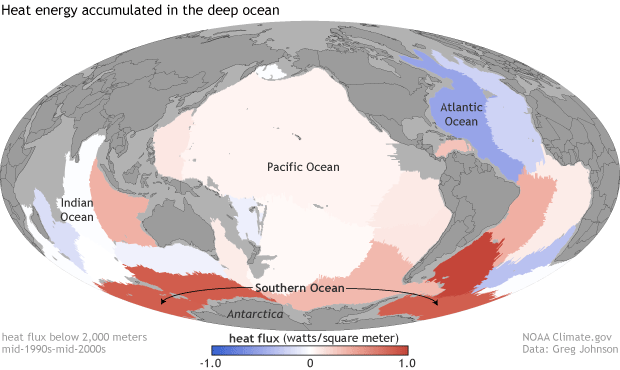
The Southern Hemisphere has experienced the most ocean warming. The Southern Ocean accounted for 35–43% of the total heat gain in the upper 2000 meters of the global ocean between 1970 and 2017. In early 2021, scientists reported that the deeper Antarctic waters are warming much more rapidly than previously known and rising toward the surface over time, at a rate three to ten times what was previously estimated. The warmer waters will cause the Southern Ocean’s ice sheets to melt even faster and will likely change the historical upwelling that brings nutrients to the Antarctic Circumpolar Current. The current feeds life in other areas of the ocean.
Read our 2019 Blog about the IPCC report on the oceans: https://www.shapeoflife.org/blog/new-ipcc-report-about-oceans-alarming
